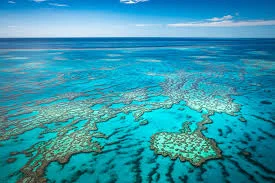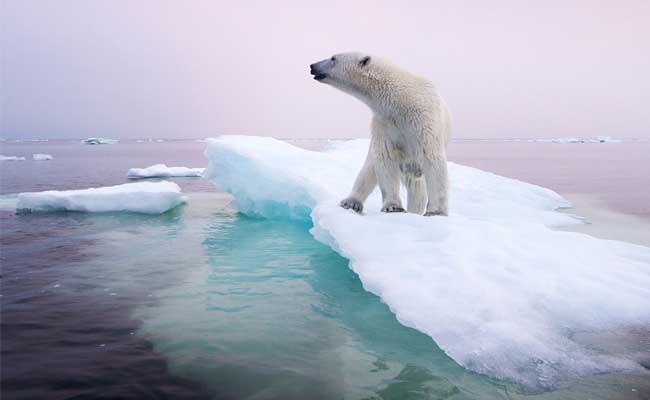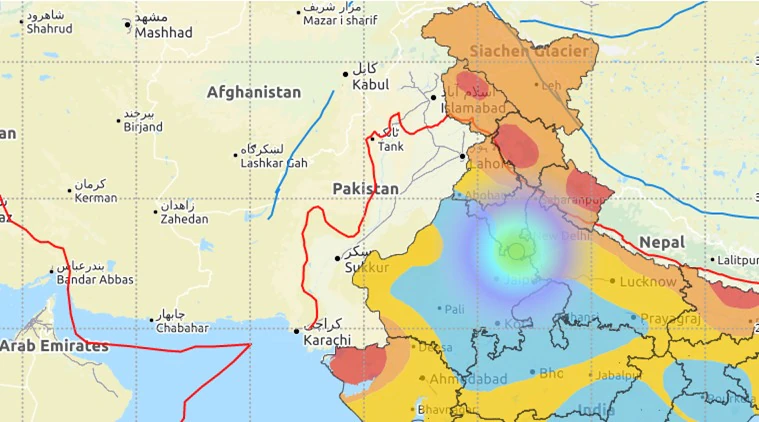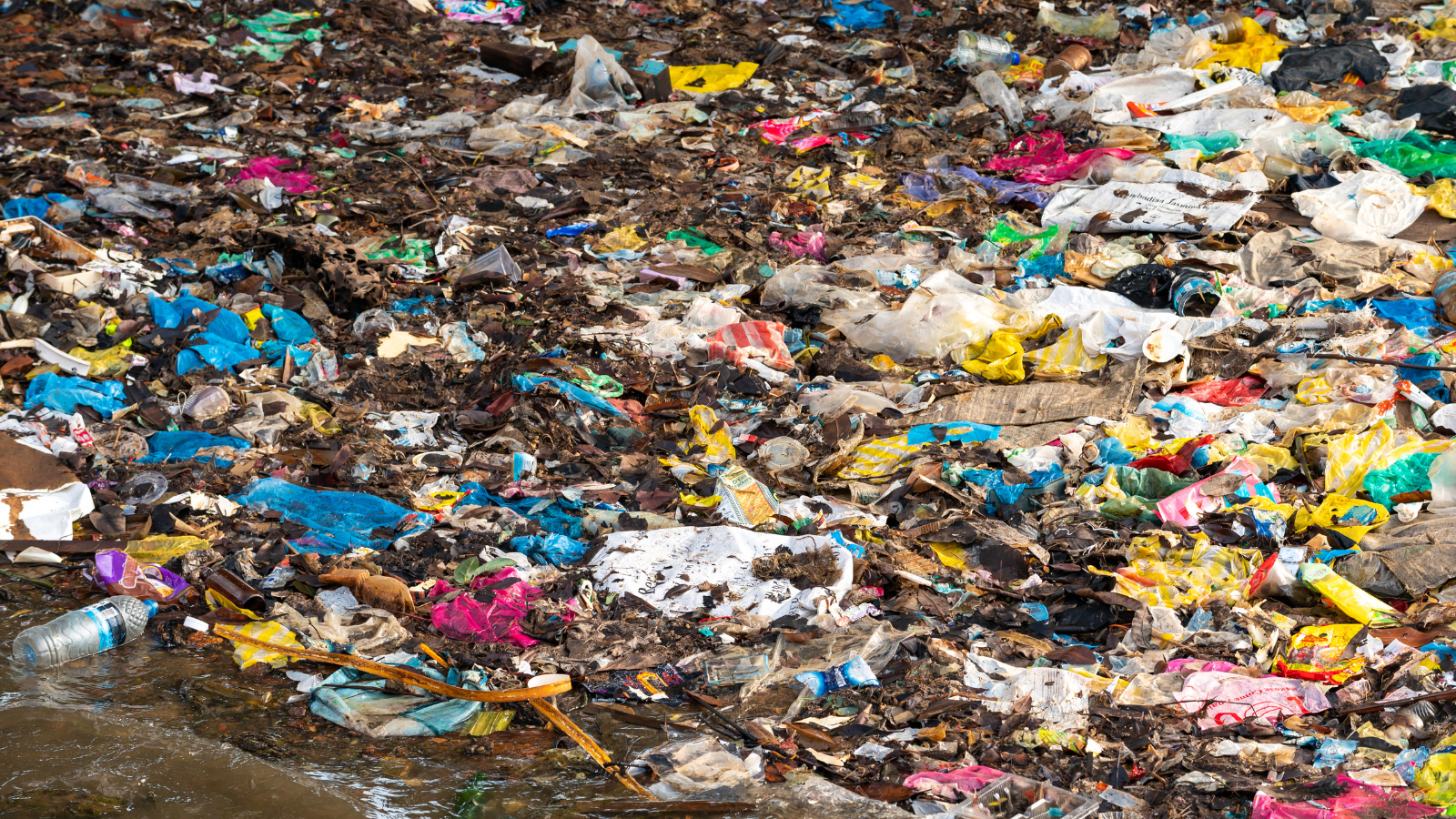The Great Barrier Reef, one of the planet’s most extraordinary natural wonders, stretches more than 2,300 kilometers along Australia’s northeast coast. This UNESCO World Heritage site is famous for its breathtaking beauty, diverse marine life and vibrant ecosystem. Consisting of more than 900 islands and 2,900 individual reefs, the Great Barrier Reef is not only a stunning destination; It is an important component of our planet’s environmental health.
Incredible biodiversity of The Great Barrier Reef:
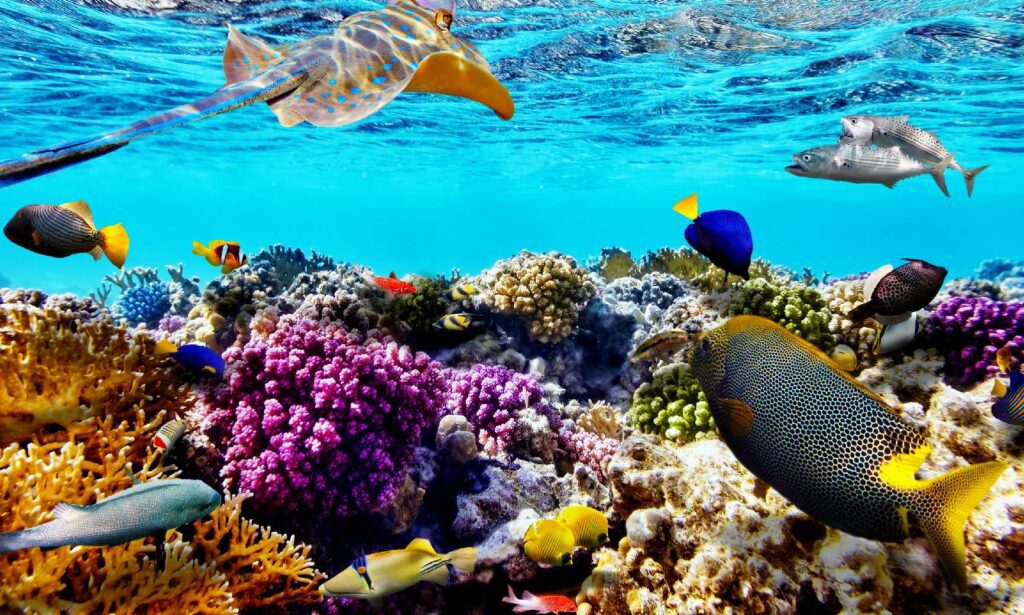
The most remarkable aspect of the Great BarrierReef is its biodiversity. It is home to about 1,500 species of fish, 400 species of coral, and countless other marine creatures, including sea turtles, dolphins, and sharks. The reef provides important habitat for these species, many of which are found nowhere else in the world. This rich biodiversity is essential for maintaining the health of marine ecosystems and supporting local fishing industries.
Coral reefs: Wonders of nature:
Coral reefs are often called the “rainforest of the ocean.” They are made up of tiny coral polyps that secrete calcium carbonate, forming complex structures that serve as homes for a variety of marine life. The corals of the Great BarrierReef are particularly unique because of their ability to withstand different environmental conditions, making them the focus of scientific research into climate change and marine biology.
Tourism and Conservation of The Great Barrier Reef:
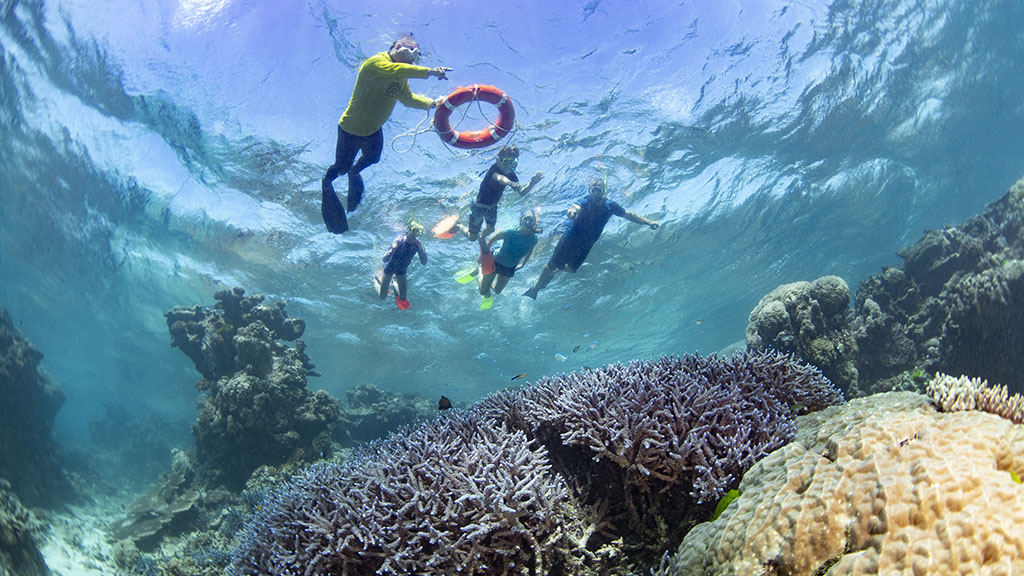
The Great Barrier Reef attracts millions of visitors each year, making it an important part of Australia’s tourism industry. Activities like snorkeling, scuba diving and boat tours allow visitors to explore the underwater paradise. However, this influx of tourists also raises concerns about the environmental impact. Responsible tourism practices are essential to protect the reef’s fragile ecosystem. Organizations and local authorities are promoting eco-friendly tours and sustainable practices to reduce the growing damage.
Role of education and awareness:
Education plays an important role in the conservation of the Great BarrierReef. By raising awareness of the importance of this natural wonder, individuals can make informed decisions that contribute to its conservation. Many organizations offer educational programs and resources to inform visitors about the reef’s ecology, the threats it faces, and how to engage in sustainable practices.
Threats to the Great Barrier Reef:
Despite its beauty, the Great Barrier Reef faces numerous threats, including climate change, pollution and overfishing. Rising ocean temperatures lead to coral bleaching, a phenomenon that can destroy coral populations and disrupt marine ecosystems. Additionally, pollutants enter runoff from agriculture and urban areas, further harming marine life.
Importance of conservation efforts:
To protect the Great Barrier Reef for future generations, concerted conservation efforts are essential. Various initiatives focus on reducing pollution, promoting sustainable fishing practices and protecting marine habitats. Collaboration between government agencies, scientists and local communities is essential to ensure effective strategy implementation.
Visiting the Great Barrier Reef:

For those who want to see the Great Barrier Reef first hand, there are many options to explore. From guided snorkeling tours to luxury yacht cruises, visitors can find an experience to suit their interests and budget. The best time to visit is during the dry season, from May to October, when the weather is ideal for outdoor activities.
Must see location of The Great Barrier Reef:
Some of the popular places in the Great Barrier Reef are the Whitsunday Islands, the Outer Reef and the famous Heart Reef. Each area has unique places to explore and unforgettable experiences. Whether you’re swimming among colorful fish, admiring rock formations or simply soaking up the sun on the beach, the Great Barrier Reef has something for everyone.
The Great Barrier Reef is a breathtaking testament to the beauty and complexity of our planet’s natural ecosystems. Its rich biodiversity, stunning landscape and vital role in environmental health make it a treasure worth protecting. By raising awareness, promoting responsible tourism and supporting conservation efforts, we can ensure that this extraordinary natural wonder continues for generations to come. If you’re looking for an adventure that combines awe-inspiring beauty with a commitment to sustainability, the Great Barrier Reef is an unforgettable destination.
Read Also: The Devastating Impact of Sea Level Rise on Coastal Communities
![]()

